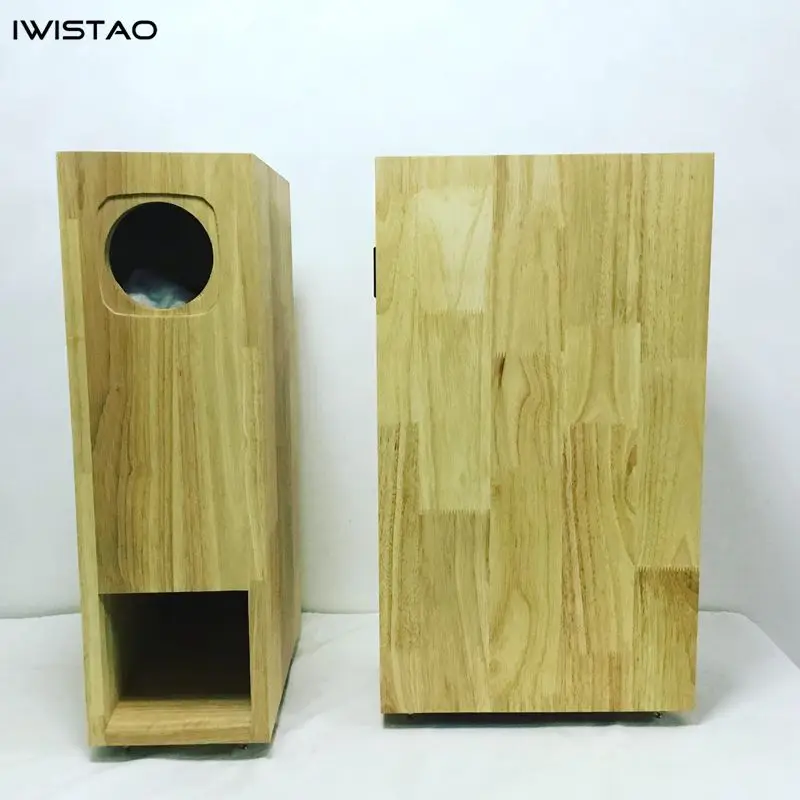

The heavy nature of its components, however, does make the dynamic driver somewhat slower in responding to changes in audio frequency compared to other alternatives.

It’s also highly sensitive, handles power in stride and is quite capable of outputting a wide dynamic range. The popularity of this type of driver stems from several notable advantages, including its relatively simple and rugged construction. The resulting pull-and-push forces make the coil vibrate, which are in turn amplified by the connected cone to create sound. These directional changes in the field cause the coil to alternate between being attracted and repelled by the permanent magnet behind it. When an amplifier applies electricity to the coil, it creates a magnetic field that grows and contracts in relation to the frequency of the audio signal. Their basic design consists of a suspended lightweight cone attached to an electromagnet (usually a coil of copper wire), which itself is placed permanently in front of another magnet. In fact, it’s what most of us imagine when we think of a speaker. The dynamic driver is by far the most popular design found in the world of audio today. Unfortunately, horn loudspeakers must be very large in order to provide adequate levels of bass response, making many designs highly impractical for anyone who can’t afford a private Walmart to put them in.Ĭlassic Example: Klipschorn Floorstanding Speaker | Oswalds Mill Audio Imperia The Dynamic Driver This makes them often an intriguing option for pairing with acoustically superior but comparably underpowered tube-based amp systems. Powered horn loudspeakers leverage this effect much in the same way, to squeeze impressive sonic results from very low levels of amplification. Attaching a horn to the front of a sound-driving element, however, drastically improves this so-called coupling efficiency, by allowing the source sound to better engage all of the air present inside the slowly widening area of “the throat.”

The fact is, most drivers of sound do a poor job of converting the mechanical energy in the surrounding air into acoustical energy. How horns manage to amplify sounds without any additional power is a miracle of basic physics.

The oldest form of loudspeaker design dates back to the 17th century with the advent of the megaphone.


 0 kommentar(er)
0 kommentar(er)
